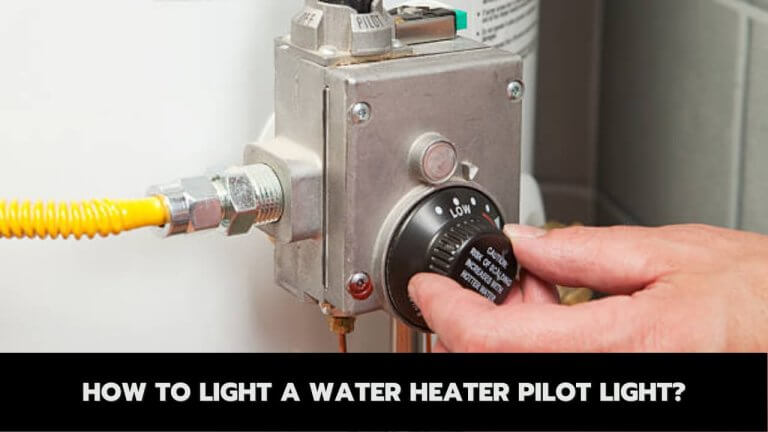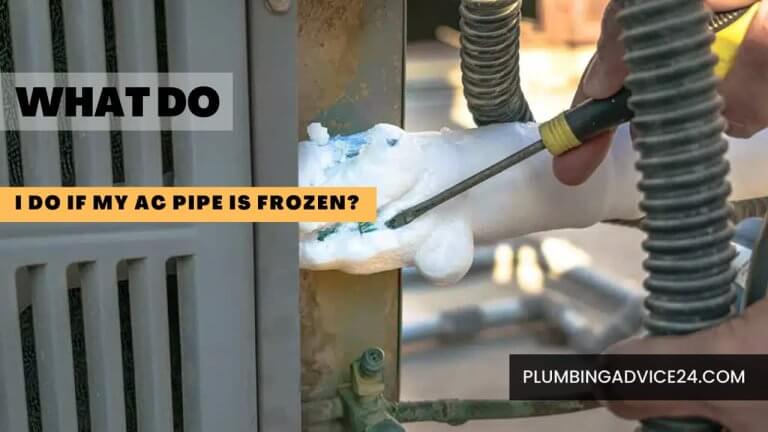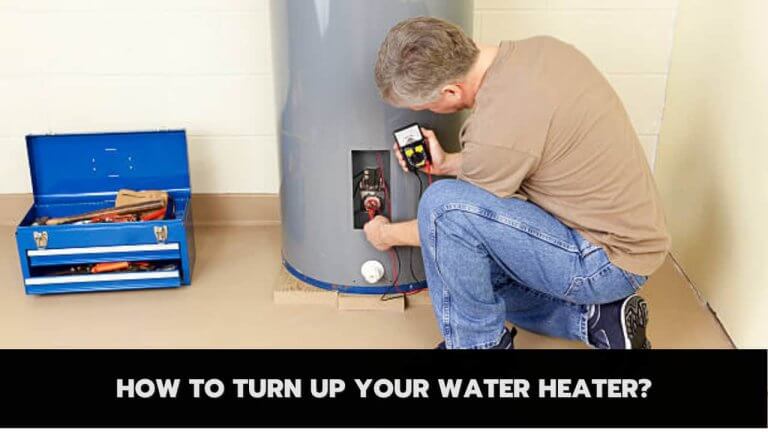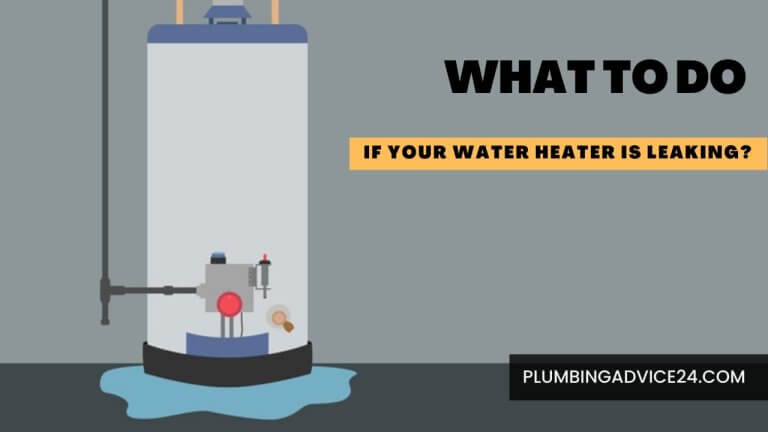Why Is My Water Heater Leaking?
The water heater is among a home’s most important tools. It heats water for tasks like cleaning dishes, taking showers, and doing chores. However, a water heater will ultimately degrade and stop working because it is a domestic object. One of the most frequent problems with home water heater leaking.
As soon as you notice your water heater leaks, it would be best to take action to prevent further damage or safety risks. This article will examine the reasons behind the leakage of the top, side, and bottom water heaters and offer maintenance and fix tips.
Why Is My Water Heater Leaking?
When you often see water on the floor around your water heater, it is a sure sign of a problem with your water heater. It is imperative that you know the causes of water leaks from your water heater, and get rid of them as soon as possible. There can be many reasons for water leaking from a water heater, the main ones being as follows:
Rust and Corrosion:
Water heaters always degrade and fail without routine upkeep. This is particularly true if they are neglected for an extended period. The tank could weaken due to corrosion, leading to leaks through fissures or other openings.
Loose Drain Valve:
If the exit valve is left open, water may seep from a water heater’s floor. You can clear the reservoir by drawing the release lever close to the unit’s base before making any tweaks or modifications. If the stopper is damaged or left exposed, water may escape from the device.
High Water Pressure:
The base of a water heater may crack under extreme duress, such as when the water volume in your home is too high. Since there is no other way to solve the problem in this situation, a pressure-reducing valve is necessary.
Condensation:
A water heater may occasionally appear to be seeping from the bottom when it is not due to condensation. If you reside in a region with a lot of water accessible, this is normal and won’t concern you.
Finding the source of the issue is necessary before you can address a leaky water heater at the base. The issue could be quickly fixed by adding a pressure-reducing or adjusting the release valve. If the tank has corroded or been harmed, it might need to be completely repaired.
Related Post : 8 Signs Your Water Heater Needs to be Repaired or Replaced
Water Heater Leaking from the Bottom
Usually, water heaters with spillage near the bottom have a more serious problem. When you see water leaking near the base of your water heater, it could be a problem with the drain valve. The drain valve is designed to empty the water tank during maintenance.
Water leaking from the drain valve can be caused by corrosion or improper fitting. Inspect and replace the drain valve for corrosion. If there is no rust, tighten the valve slightly but do not over-tighten as this can damage your water heater. If tightening the drain valve does not fix it, it may need to be replaced.
Water Heater Leaking from the Side
If water escapes from the edges of the water heater, it could damage the pressure release valve. The pressure relief valve’s primary function is to relieve accumulated pressure inside the vessel. As a result, it serves as a crucial part of protection. The main goal of using this is to reduce strain. Water may escape outside the device’s limit if an intake is damaged.
The only method to repair a leaking pressure release valve is to replace it and discard the old one. Start by cutting off the device’s primary water and power supplies. Afterward, empty the receptacle. When it’s done, put the valve back in place. The procedure is simple in general. Call a licensed plumber if you feel uncomfortable performing this upkeep independently.
Water Heater Leaking from the Top
If water leaks from the top of your water heater, the intake or outlet pipe are most likely broken. All the water that enters and leaves the reservoir travels through these pipes, connecting the reservoir to the main water source. The primary water source also provides water to the tank. If one of these pipes is broken, fractured, or corroded, the device’s apex may release water.
The initial stage in fixing a duct that leaks at the entry or exit is to turn off the water and power to the device. The next step is to look for signs of electrical damage. Check if the wires are safe after using an instrument to strengthen any loose ones. If the cables are broken or worn out, they must be replaced.
Maintenance Tips for Preventing Water Heater Leaks
Here are a few tips for here are some tips for maintaining your unit:
Regular maintenance will keep your water heater in excellent operating order and prevent leaks. Here are some suggestions for keeping your equipment in good shape:
Check the Pressure Relief Valve:
The pressure discharge valve, which is essential, is part of the tank’s safety system. It stops an undue pressure buildup in the tank. It is essential to inspect the valve to ensure correct operation regularly. To do this, cut off the water supply first, then the unit’s power, and finally, lift the valve’s handle.
When the lever is pressed, the spigot seeps water; when the lever is let go, the flow stops. If the handle of the valve cannot be shifted to release water or if water leaks even after the handle has been removed, the valve may need to be changed.
Flush the Tank:
Due to sediment buildup, the tank may experience rust and rusting. This might lead to leaks. A yearly tank clear is recommended to keep the device from getting clogged with residue and to increase its lifetime. To empty the tank, attach a line from the outside to the drainage valve at the bottom, open the valve, and turn off the water and power to the device. The discharge must be halted when the tank is empty and must then be refilled.
Inspect the Anode Rod:
An anode—a metal tube—is put in a storage receptacle to stop rust and disintegration. Over time, the shaft might degrade and need to be replaced. Shafts must be examined frequently, and if they have severe rust, they must be changed.
Maintain Proper Water Pressure:
In addition to causing leaks, too much water flow can damage the water heater. If the water pressure in your home is too high, install a pressure-reducing valve as soon as possible.
Hire a Professional for Maintenance:
A professional will extend the lifespan of your water heater if they perform regular maintenance on it. A licensed electrician should conduct an annual examination and maintenance assessment. Leaks and other problems will be looked for during this examination. The anode pole’s efficiency and the tank’s purity will also be checked.
Conclusion:
A water heater leaking from the bottom, side, or top is a cause for concern, and addressing the problem immediately is essential to prevent further damage or hazardous situations. The cause of the leak will depend on the location, and repairing the issue will depend on the cause. Preventative maintenance, including testing the pressure relief valve, flushing the tank, inspecting the anode rod, maintaining proper water pressure, and hiring a professional for maintenance, can help prevent leaks and prolong the life of your water heater. Always contact a licensed plumber for repairs or maintenance when in doubt.
Related Post : Should I Replace My Water Heater Before It Fails?
Why Is My Hot Water Heater Leaking?
There can be many reasons for water leaking from hot water heater, the main ones being as follows:
- Rust and Corrosion
- Loose Drain Valve
- High Water Pressure
- Condensation
Why Is My Water Heater Leaking from the Bottom?
When you see water leaking near the base of your water heater, it could be a problem with the drain valve. The drain valve is designed to empty the water tank during maintenance. Water leaking from the drain valve can be caused by corrosion or improper fitting.
Why Is My Water Heater Leaking from the Top?
If water leaks from the top of your water heater, the intake or outlet pipe are most likely broken. All the water that enters and leaves the reservoir travels through these pipes, connecting the reservoir to the main water source. The primary water source also provides water to the tank. If one of these pipes is broken, fractured, or corroded, the device’s apex may release water.
How to Stop Hot Water Heater from Leaking?
Regular maintenance will keep your water heater in excellent operating order and prevent leaks. Here are some suggestions for keeping your equipment in good shape:
- Check the pressure relief valve.
- Flush the tank.
- Inspect the anode rod.
- Maintain proper water pressure.
- Hire a professional for maintenance.
Why Is My Water Heater Leaking from the Drain Valve?
Water leaking from the drain valve can be caused by corrosion or improper fitting. Inspect and replace the drain valve for corrosion. If there is no rust, tighten the valve slightly but do not over-tighten as this can damage your water heater. If tightening the drain valve does not fix it, it may need to be replaced.
If You Liked This Post? So Share It with Your Friends
Suggested Articles:











